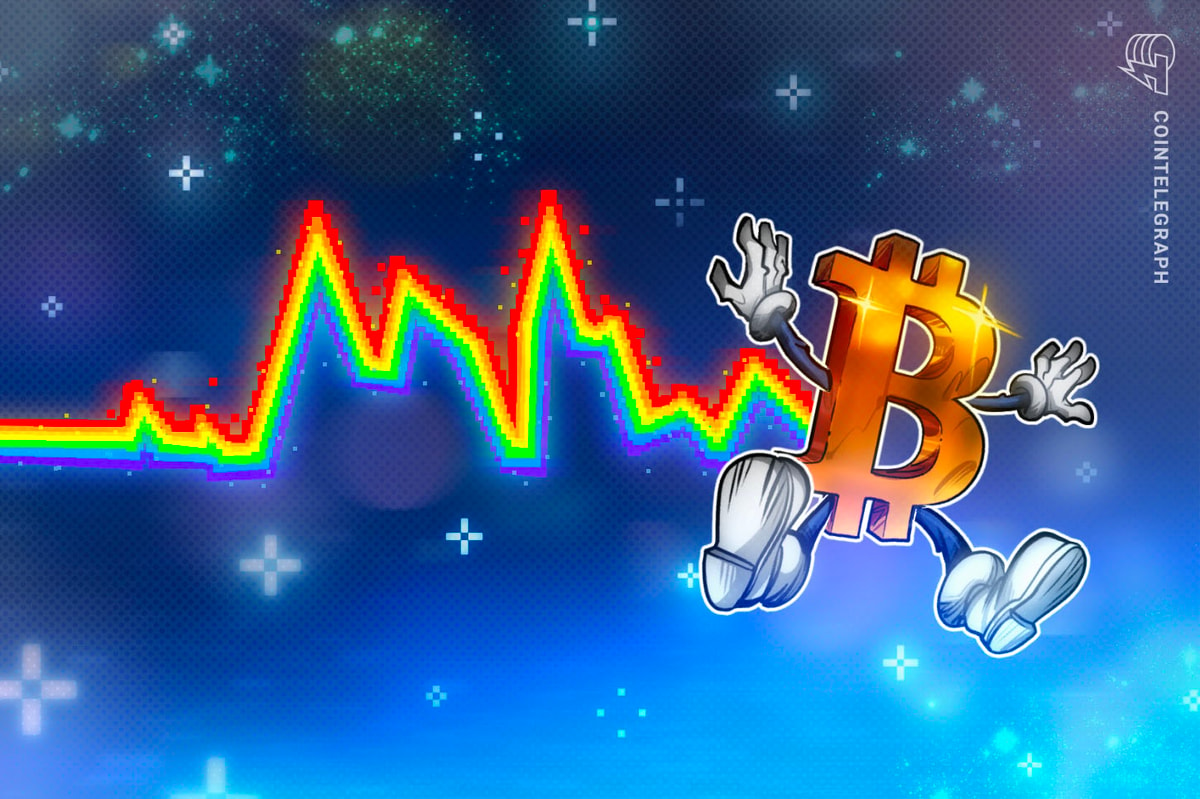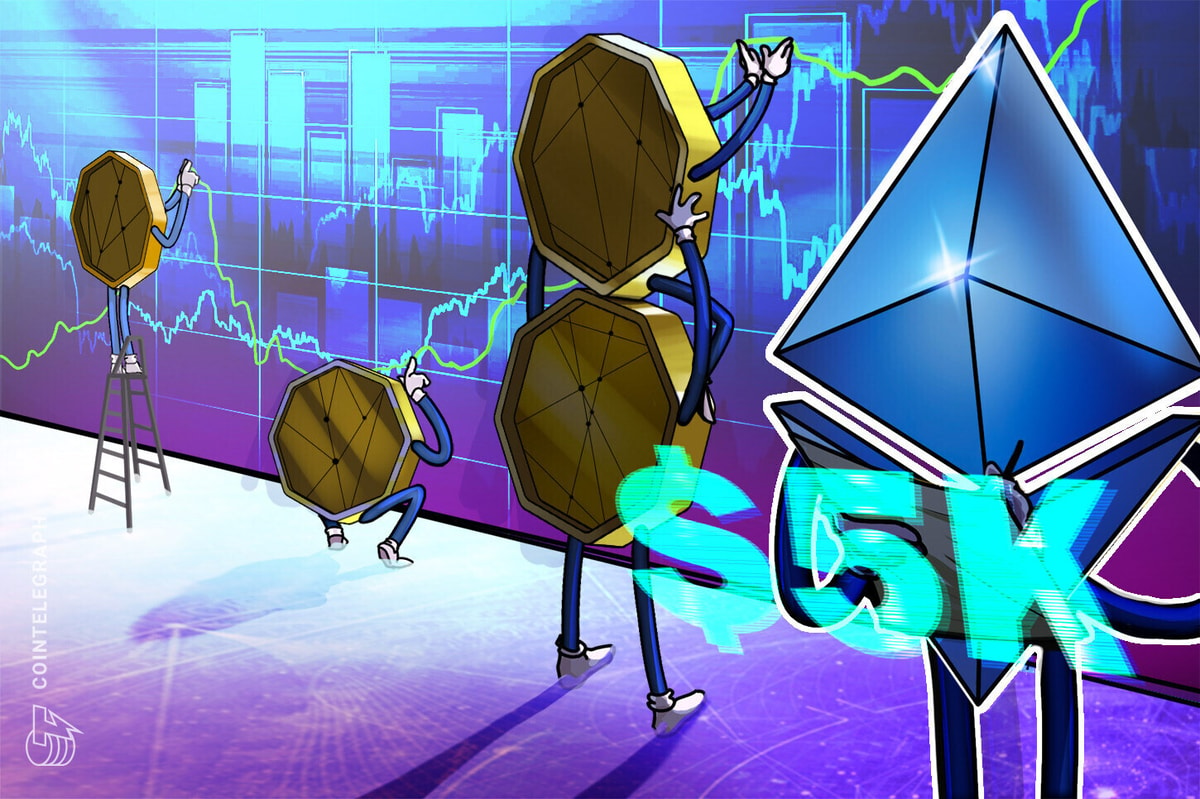The decentralized finance (DeFi) landscape is rapidly changing day after day. On Sept. 1, UMA overtook yearn.finance as the biggest “DeFi” protocol on Ethereum with a $1.3 billion market cap.
Data from CoinMarketCap shows six DeFi projects are now above $500 million in valuation. The six projects are UMA, yearn.finance, Aave, Maker, Synthetix and Compound.

DeFi tokens on CoinMarketCap by market cap. Source: CoinMarketCap.com
But whether UMA could be described as a DeFi protocol remains uncertain, and it depends on the perspective.
What is UMA and how does it compare to other projects like yearn.finance?
According to the official documents from UMA, the project builds “open-source infrastructure for ‘priceless’ financial contracts on Ethereum.”
The infrastructure of UMA is composed of two main parts: priceless financial contract designs and Data Verification Mechanism (DVM).
The former allows users on the platform to create synthetic tokens. DVM is a decentralized oracle service like Chainlink and Band.
Conceptually, UMA is closer to oracle projects than DeFi. Nonetheless, UMA builds infrastructure for the DeFi sector, given the importance of oracles to DeFi. UMA says:
“Together, these two technologies enable the creation of fast, efficient, and secure synthetic derivatives on the Ethereum blockchain. UMA is focused on building ‘priceless’ derivatives on Ethereum. These financial contracts are designed to ensure proper collateralization by counterparties without the use of an on-chain price feed.”
DeFi platforms on Ethereum and other major blockchain networks cannot directly fetch public data. Oracles, like Chainlink, Band, and UMA’s DVM, help DeFi protocols obtain market data through smart contracts.
Hence, many analysts consider oracle projects as DeFi-related blockchains. CoinMarketCap, as an example, lists Chainlink, UMA, and Band Protocol all under the DeFi category.
UMA is different from platforms like yearn.finance, however, in that it provides the underlying infrastructure for DeFi protocols that enable services like staking.
The DeFi market landscape is changing rapidly
A pseudonymous trader known as “Hsaka” said UMA having the highest APY pool for the Sushi token catalyzed its upsurge. More than that, the trader emphasized that incentives are important for the growth of DeFi-related projects. He said:
“So, $UMA just became the most valuable DeFi token. I don't think it having the highest APY pool for $SUSHI is the sole reason, rather a contributing factor. The fact that that helped flip YFI, LEND, SNX, etc gives you an idea of how powerful incentivization can be right now.”
More DeFi protocols and DeFi-related projects are beginning to collaborate with one another, instead of competing. For instance, yearn.finance said:
“To clarify, nothing we build under yearn.finance competitive. It is collaborative. For example, an important element not listed in the announcement article is how black swan events are handled; Underwriter: Nexus Mutual. Reinsurer: Nexus Mutual Stronger together.”
Following the rise in popularity of DeFi protocols, major exchanges are beginning to list more tokens. On Sept. 1, Binance, Huobi, and OKEx listed SUSHI.











